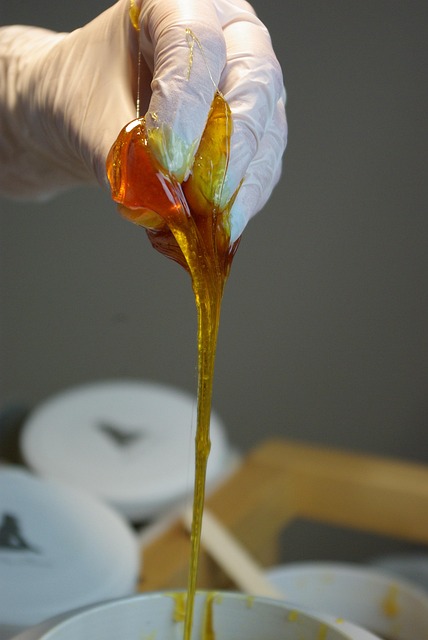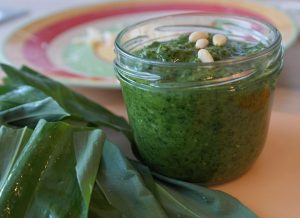Odor removal goes beyond surface sanitization, targeting embedded scents in fabrics and porous materials using specialized techniques like enzymatic treatments, steam cleaning, and advanced filtration systems. For household odors from kitchen fumes, pet smells, smoke, and mold, tailored solutions are key. Science-backed methods leverage chemistry to break down or encapsulate volatile organic compounds (VOCs). Professional equipment includes thermal foggers, ozone generators, and air scrubbers. Natural solutions like baking soda, vinegar, aromatic herbs, and essential oils are effective. Regular maintenance through cleaning, ventilation, and addressing moisture sources prevent future odor issues.
“Discover the power of deep odor cleaning and bid farewell to stubborn household smells. This comprehensive guide explores effective strategies to eliminate malodors, targeting their sources from a scientific perspective. From understanding the intricacies of deep cleaning to mastering professional techniques and natural remedies, we empower you with knowledge. Learn about common odor triggers, advanced removal methods, and maintenance tips to keep your spaces fresh. Uncover the secrets to efficient odor removal and create an aromatic environment.”
Understanding Deep Odor Cleaning: A Comprehensive Approach

Deep odor cleaning goes beyond surface-level sanitization. It’s a comprehensive approach that targets and neutralizes odors embedded deep within fabrics, carpeting, and other porous materials. Unlike traditional cleaning methods that merely mask scents, this process delves deeper to eliminate the source of unpleasant aromas.
By understanding the science behind odor formation—whether from spills, pets, or mold—professionals can employ specialized techniques and odor removal products. These may include enzymatic treatments, steam cleaning, and advanced filtration systems. The result? A space that not only appears clean but also smells fresh and invigorating, creating a healthier, more pleasant environment.
Common Sources of Household Odors and How to Address Them

Household odors can stem from various sources, each requiring a specific approach for effective odor removal. Common culprits include kitchen and bathroom fumes, pet odors, smoke residue, and mold growth. In kitchens, addressing odor issues involves regular cleaning of surfaces, especially after food preparation, and ensuring proper ventilation during cooking to minimize the accumulation of sulfur compounds and other volatile organic compounds (VOCs).
For pet-related odors, maintaining good hygiene is key. Regularly washing your pets and frequently vacuuming or steam-cleaning carpets and upholstery can significantly reduce these smells. In bathrooms, tackling odor problems starts with keeping surfaces clean and dry to prevent mold growth, which contributes to musty scents. Proper ventilation and the use of air purifiers can also help eliminate persistent bathroom odors caused by steam or product residues.
The Science Behind Effective Odor Removal Techniques

The science behind effective odor removal techniques involves a complex interplay of chemistry and physics. When substances emit odors, they do so through volatile organic compounds (VOCs) that evaporate and interact with our sense of smell. Advanced cleaning methods target these VOCs by either breaking down their chemical structure or physically encapsulating them. Enzymatic cleaners, for instance, use proteins to break down odor-causing molecules into harmless byproducts. Similarly, activated carbon filters excel at adsorbing and trapping odors due to their vast surface area and porous structure.
A key aspect of successful odor removal is understanding the source and type of smell. Different materials—from fabrics to hard surfaces—absorb and release odors in unique ways. Targeted approaches, like using specialized pet odor eliminators for carpets or enzymatic cleaners for stubborn kitchen smells, are more effective than one-size-fits-all solutions. By employing these scientifically-backed techniques, we can achieve deeper and longer-lasting odor removal, creating cleaner and more pleasant living environments.
Tools and Equipment for Professional-Grade Odor Elimination

Professional-grade odor elimination requires a robust set of tools and equipment designed to tackle even the most stubborn and complex scents. At the core, specialized odor removal machines like thermal foggers, ozone generators, and air scrubbers are indispensable. These powerful devices use advanced technologies such as heat, ozone, and high-efficiency filters to penetrate and neutralize odors at their source.
Beyond these machines, a well-stocked toolkit includes essential items like protective gear (gloves, masks), fan systems for airflow control, and various odour neutralizing products. A combination of enzymatic cleaners, odor absorbers, and natural extractions can be employed depending on the specific type of smell being addressed. This multi-faceted approach ensures a thorough cleaning, leaving behind fresh and clean air.
Step-by-Step Guide to Deep Cleaning for Persistent Smells

Deep Cleaning for Persistent Smells: A Step-by-Step Guide
Start by identifying the source of the smell. This could be a stubborn kitchen odor, a pet-related scent, or even mold growth. Once located, address it directly. For instance, clean and disinfect surfaces, replace filters in air conditioners or refrigerators, or use natural deodorizers like baking soda and vinegar to absorb and neutralize odors. Next, ventilate the area by opening windows and doors to let fresh air in. This step is crucial for removing trapped scents.
Next, prepare a cleaning solution tailored to the smell. For kitchen odors, a mixture of water and vinegar can cut through grease and leave a fresh scent. Bathroom smells may require a bleach-water solution for deep disinfection. Apply the solution using appropriate tools like a sponge or cloth, ensuring you cover all surfaces thoroughly. Let it sit for some time, allowing the cleaning agents to work their magic. Follow up with a thorough rinse and dry to prevent any residue from amplifying the smell. Regular deep cleaning sessions can help keep persistent odors at bay.
Natural Remedies for Gentle Yet Powerful Odor Control

Natural remedies have long been a go-to for many seeking gentle yet effective odor control solutions. Ingredients found in your kitchen and around the house can be powerful tools in the battle against persistent smells. For instance, baking soda is renowned for its ability to absorb odors; it can be used to freshen carpets, reduce fridge odors, and even eliminate smells from clothing. Another simple yet effective remedy is vinegar, which acts as a natural disinfectant and deodorizer. Its acetic acid content helps break down odor-causing bacteria, leaving behind a clean, fresh scent.
Plants also play a significant role in natural odor removal. Aromatic herbs like mint, lemongrass, and lavender are well-known for their refreshing fragrances. These plants can be used to create homemade air fresheners or added to water dispensers to infuse a pleasant aroma into the environment. Additionally, essential oils from these plants offer a concentrated solution for eliminating odors, making them popular choices in natural cleaning routines.
Maintenance Tips: Preventing Future Odor Issues

To prevent future odor issues, regular maintenance is key. Start by identifying and addressing potential sources of moisture and dirt, as these often lead to microbial growth and subsequent odors. Regularly clean high-traffic areas with appropriate cleaning solutions to remove embedded dirt and grime.
Additionally, ensure proper ventilation in your space to discourage the buildup of stagnant air, which can trap odors. Using air purifiers or opening windows (when possible) helps circulate fresh air, reducing the risk of persistent smells. Remember, proactive measures like these not only maintain a clean environment but also save you from having to tackle difficult odor removal later on.
